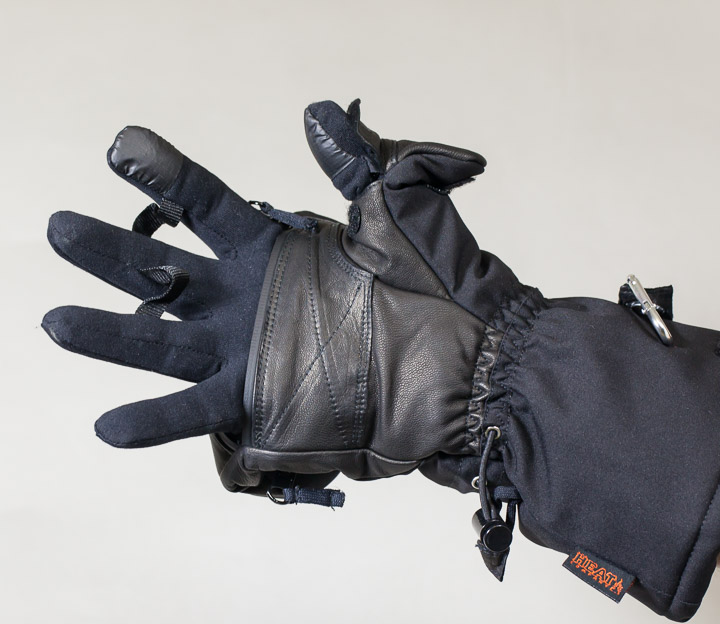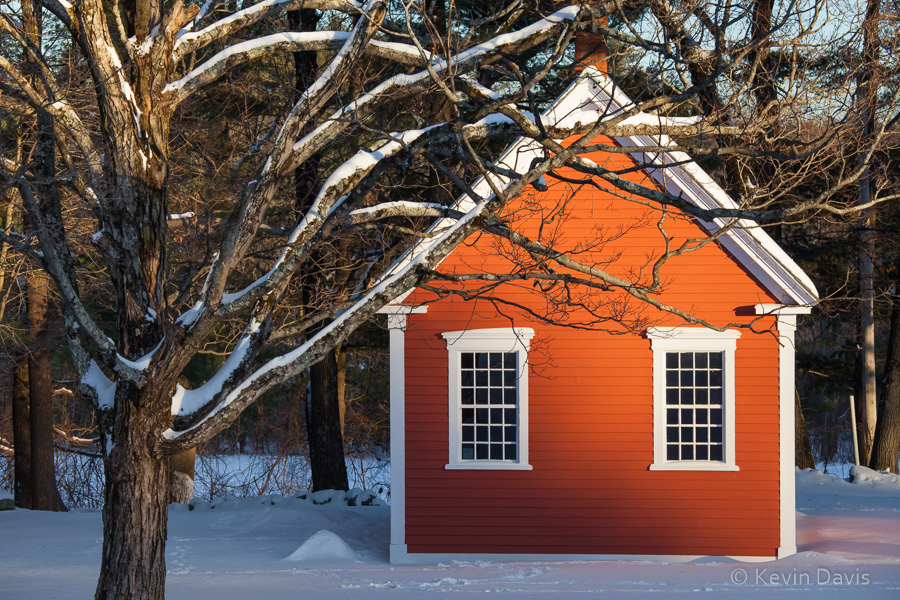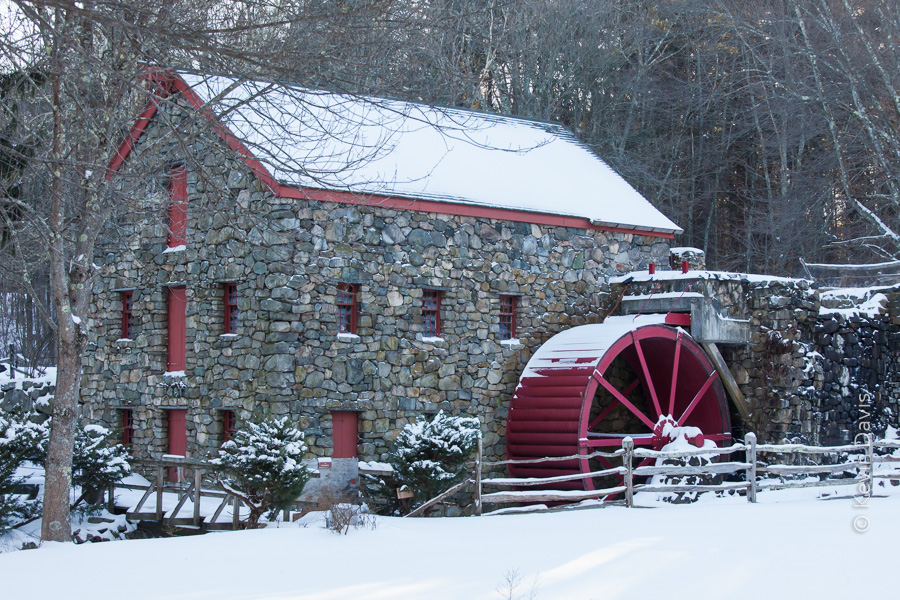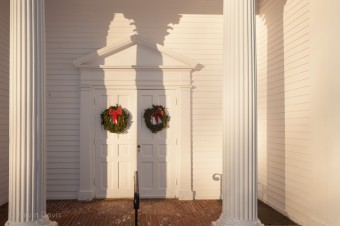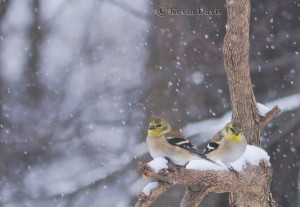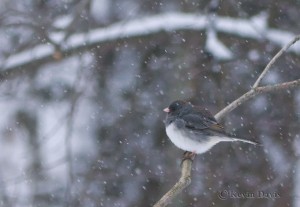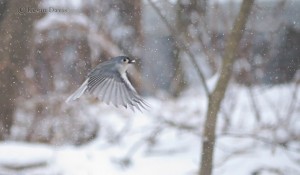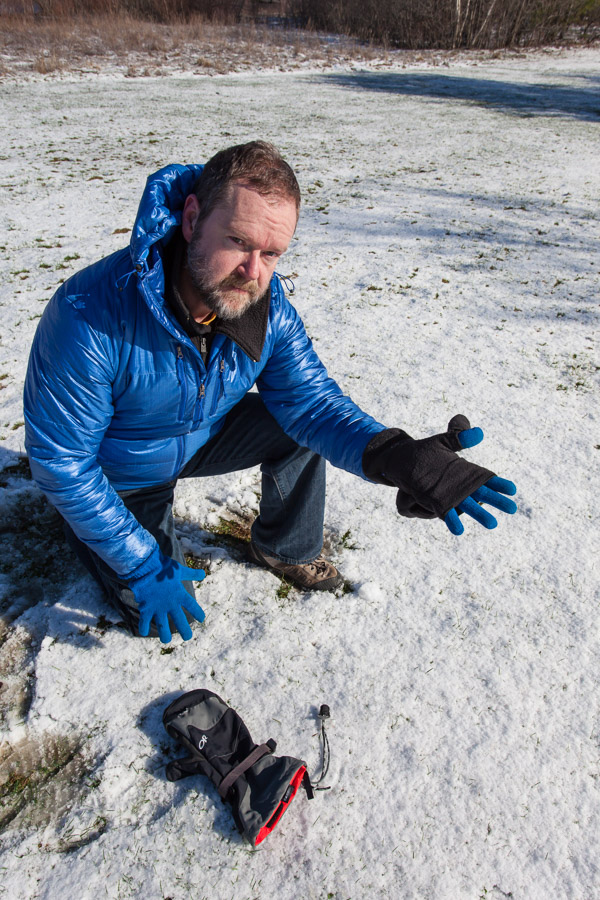
Operating a camera can be difficult (or impossible) while wearing gloves or mittens. This problem is compounded if your fingers are very prone to becoming cold – perhaps your fingers get cold at a temperature that causes no trouble at all for some of your friends. That’s the subject of my video: Gloves for Winter Photography.
Available products change every year; companies routinely invent new models and some older models may be discontinued. Of those that I have personally owned and used, here are my favorite lightweight gloves for mild temperatures (all are touch-screen compatible):
#3 REI: Grip Gloves
#2 Black Diamond: Powerweight Liner Series
#1 Burton: Screen Grab Liner
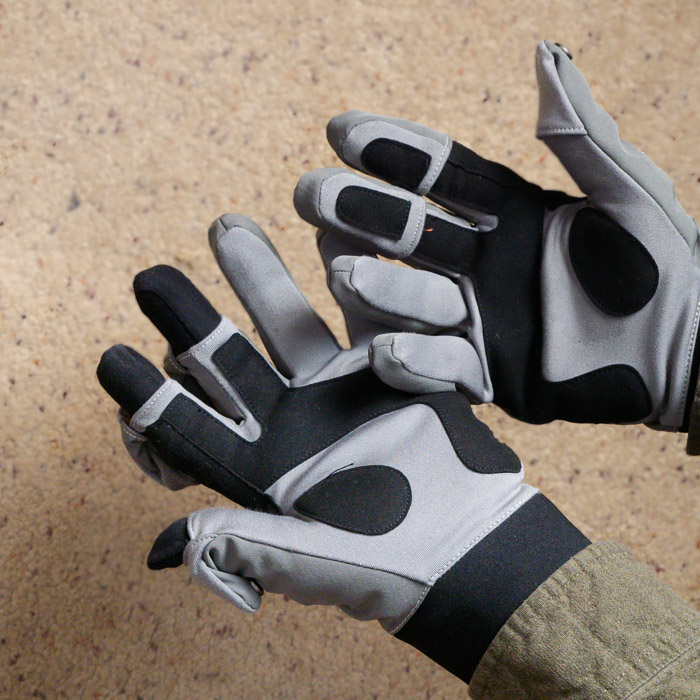
In the past ten days, I have twice used a glove seen in the video, a pop-finger fishing glove by Palmyth, which I paired with a touch-compatible glove liner. In advance of a snow forecast, I selected these gloves to wrap burlap around shrubs, a task that involves twine and tying knots. And for photography, I used these same gloves to pilot an aerial drone. With my fingertips covered merely by a glove liner, operating the touch-screen was beautifully easy. However, for a flight that lasted less than 15 minutes, my fingers soon became cold. As the air temperature was 33 degrees (f), this solution was barely adequate and would be a terrible choice for a shoot lasting an hour at that temperature.
Shown here are a couple specific glove-mittens (a.k.a. glomitts) that I tried but personally decided that they didn’t measure up. Both include a pocket to hold a heat packet, which is a nice feature.
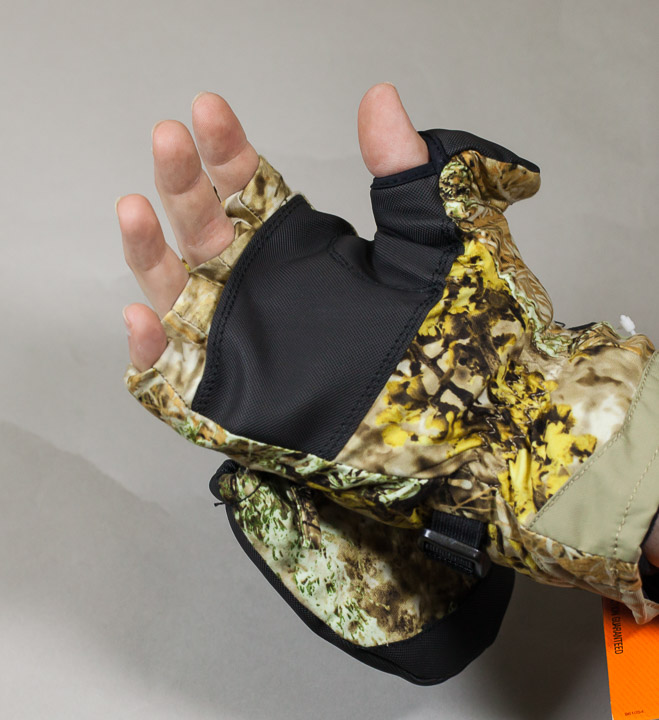
The first is an insulated glomitt from Cabellas. Unfortunately the finger openings were so snug that they could not accommodate a base-layer, a glove liner. Since bare fingertips is not practical for my cold fingers, this product was unacceptable.
The second is an unusual full-finger glomitt, the Heat3 Smart glove. The interior glove and exterior mitten are fully integrated, the glove is not removable. Having read very favorable reviews of this product, I tried it. However, I was disappointed and promptly returned them. Considering the cost of these gloves is $150 (or more), I can get a battery-heated solution for about the same money.
Despite the exceptional construction, the shortcoming of this glove occurs when in half-mitten mode. With the mitten folded back and fingers exposed, this product is no better than a lightweight glove. If I need an extended period of time making photographs (with the mitten folded back), it simply is not adequate. A slightly better solution is a half-finger glove with a lightweight glove underneath; therein, the fingers below the knuckle have a double-layer while the fingertips have a single layer.
I must also note that the Heat3 Smart gloves include a magnet. That can be problematic; see tip #7 in my video about gloves.
